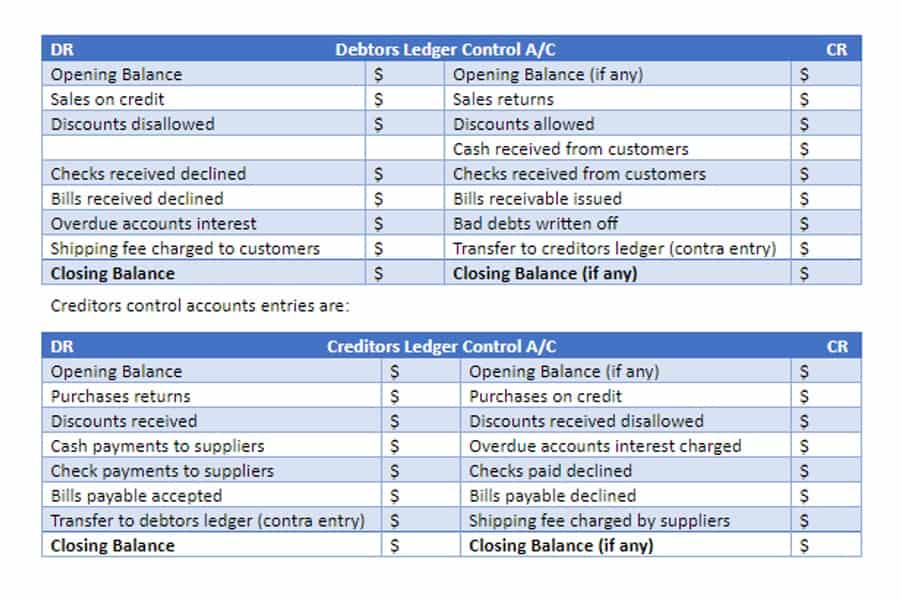
Julie’s business use of the property was 50% in 2022 and 90% in 2023. Julie paid rent of $3,600 for 2022, of which $3,240 is deductible. The $147 is the sum of Amount A and Amount B. Amount A is $147 ($10,000 × 70% (0.70) × 2.1% (0.021)), the https://www.bookstime.com/ product of the FMV, the average business use for 2022 and 2023, and the applicable percentage for year 1 from Table A-19. For passenger automobiles and other means of transportation, allocate the property’s use on the basis of mileage.

• Section 179 Deduction • Special Depreciation Allowance • MACRS • Listed Property
- It also explains how you can elect to take a section 179 deduction, instead of depreciation deductions, for certain property and the additional rules for listed property.
- An asset’s salvage value is its resale price at the end of its useful life.
- The partnership determines its section 179 deduction subject to the limits.
- Net salvage is the salvage value of property minus what it costs to remove it when you dispose of it.
- For more information and special rules, see the Instructions for Form 4562.
- You must consistently use the one you choose and the treatment of the costs of removal must be consistent with the practice adopted.
The $5,000 basis of the computer, which you placed in service during the last 3 months (the fourth quarter) of your tax year, is more than 40% of the total bases of all property ($10,000) you placed in service during the year. Therefore, you must use the mid-quarter convention for all three items. During the year, you bought a machine (7-year property) for $4,000, office furniture (7-year property) for $1,000, and a computer (5-year property) for $5,000.
Double-Declining Balance Depreciation Method

The balance is the total amount of depreciation you can take over the useful life of the property. To deduct the proper amount of depreciation each year, first determine your basis in the property you intend to depreciate. The basis used for figuring depreciation is the same as the basis that would be used for figuring the gain on a sale. However, if you acquire property in some other way, such as inheriting after tax salvage value it, getting it as a gift, or building it yourself, you have to figure your original basis in a different way. Generally, you get no ACRS deduction for the tax year in which you dispose of or retire recovery property, except for 15-, 18-, and 19-year real property. This means there is no depreciation deduction under ACRS in the year you dispose of or retire any of your 3-, 5-, or 10-year recovery property.
Is Salvage Value the Same as Selling Price?
- Enter that amount on line 10 of your Form 4562 for the next year.
- To meet this requirement, listed property must be used predominantly (more than 50% of its total use) for qualified business use.
- To figure your deduction, first determine the adjusted basis, salvage value, and estimated useful life of your property.
- You can adopt the straight line method, or any other method that would have been permitted if you had used it from the beginning.
- The following tables are for use in figuring depreciation deductions under the ACRS system.
- (Based on the half-year convention, you used only half a year of the recovery period in the first year.) You multiply the reduced adjusted basis ($800) by the result (22.22%).
You figure the SL depreciation rate by dividing 1 by 4.5, the number of years remaining in the recovery period. (Based on the half-year convention, you used only half a year of the recovery period in the first year.) You multiply the reduced adjusted basis ($800) by the result (22.22%). Depreciation under the SL method for the second year is $178. If you hold the property for the entire recovery period, your depreciation deduction for the year that includes the final quarter of the recovery period is the amount of your unrecovered basis in the property.
- The allowance applies only for the first year you place the property in service.
- Under MACRS, averaging conventions establish when the recovery period begins and ends.
- During these weeks, your business use of the automobile does not follow a consistent pattern.
- When calculating depreciation in your balance sheet, an asset’s salvage value is subtracted from its initial cost to determine total depreciation over the asset’s useful life.
- You use the percentages listed under that month for each year of the recovery period to determine your depreciation deduction each year.
- Any calculation of net present value is incomplete if we ignore the income tax implications of the project.
- On the other hand, salvage value is an appraised estimate used to factor how much depreciation to calculate.
- Salvage value is also similar to but still different from residual value.
- If you reduce the basis of your property because of a casualty, you cannot continue to use the percentage tables.
- The method of depreciation used for the multiple property account is used.
- Their adjusted basis at the end of 2023, before figuring their 2023 depreciation, is $11,464.
- The sales contract showed that the building cost $100,000 and the land cost $20,000.
If you hold the property for the entire recovery period, your depreciation deduction for the year that includes the final 6 months of the recovery period is the amount of your unrecovered basis in the property. For the year of the adjustment and the remaining recovery period, you must figure the depreciation deduction yourself using the property’s adjusted basis at the end of the year. It also explains how you can elect to take a section 179 deduction, instead of depreciation deductions, for certain property and the additional rules for listed property. An improvement made to listed property that must be capitalized is treated as a new item of depreciable property. The recovery period and method of depreciation that apply to the listed property as a whole also apply to the improvement. For example, if you must depreciate the listed property using the straight line method, you must also depreciate the improvement using the straight line method.
Figuring Depreciation Under MACRS
Once you know the salvage value, you may go ahead to calculate depreciation. We can also define the salvage value as the amount that an asset is estimated to be worth at the end of its useful life. This guide explores the significance of salvage value, how a Salvage Value Calculator functions, and its strategic benefits for enhancing business operations and financial outcomes. This calculator empowers you to make informed financial decisions about asset retention and value preservation.
If the short tax year includes part of a month, you generally include the full month in the number of months in the tax year. You determine the midpoint of the tax year by dividing the number of months in the tax year by 2. For the half-year convention, you treat property as placed in service or disposed of on either the first day or the midpoint of a month. However, see Like-kind exchanges and involuntary conversions, earlier, in chapter 3 under How Much Can You Deduct; and Property Acquired in a Like-kind Exchange or Involuntary Conversion next. Figure your depreciation deduction for the year you place the property in service by multiplying the depreciation for a full year by the percentage listed below for the quarter you place the property in service. You figure depreciation for all other years (including the year you switch from the declining balance method to the straight line method) as follows.
Depreciation Calculators
You can find the asset’s original price if the salvage price and the depreciation rate are known to you with the salvage calculator. Enter the original value, depreciation rate, and age of asset in tool to calculate the salvage value. The company estimates that the computer’s useful life is 4 years. This means that the computer will be used by Company A for 4 years and then sold afterward. The company also estimates that they would be able to sell the computer at a salvage value of $200 at the end of 4 years.
Comments are closed, but trackbacks and pingbacks are open.